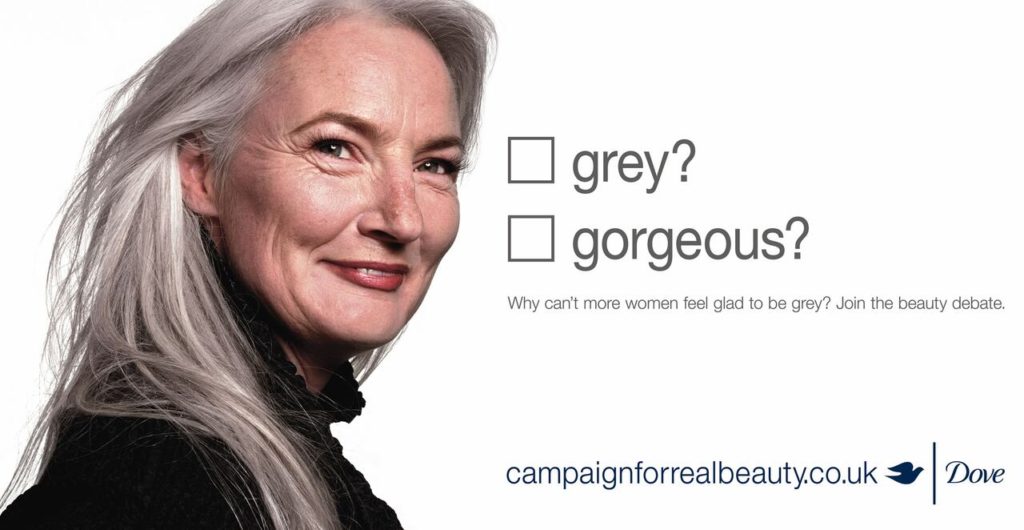Sprite’s 2016 ‘Brutally Refreshing’ ad campaign brutally offended women with lines like “She’s seen more ceilings than Michelangelo” and “You’re not popular, you’re easy”, the 2020 Peloton’s holiday commercial portraying a Black Mirror version of the happy housewife and the UK government’s ‘Stay at home’ COVID-19 advert during the worldwide COVID-19 lockdown illustrating all household chores being done by women with a man lounging about – these are some of the few examples of the pervading sexism in the advertising industry. While this overt form of sexism may not be as apparent nowadays, it still sneaks into the narrative and images we see in ads.
In today’s globalized world, advertisements are all around us in the form of billboards, online commercials, television commercial breaks, social media posts, and many more. These advertisements feature information and pictures that we are frequently exposed to and, in turn, have an unconscious effect on us. Starting from fairness cream advertisements to food marketing campaigns, these images exacerbate existing beauty standards and slowly promote disorders in many viewers. There are still sexist overtones in contemporary advertisements, despite the advertising industry moving away from the 1950s conventional representational techniques.
Ads during the Mad Men era in the 1960s frequently featured misogyny. Modern sexism manifests itself in subtler ways, such as in the design of products, the pink tax, a lack of realistic portrayal, pictures that appeal to men, a lack of diversity, etc. This argument introduces the concept of “femvertising,” which tries to portray women positively in media. Femvertising may, however, sometimes act as a smokescreen, by allowing internalized sexism to predominate commercial messaging directed at women in subtler and sneakier ways.
So, what is Femvertising?

According to SheKnows Media’s definition, femvertising is advertising that uses pro-female narratives and images to empower women and girls. The marketing industry promotes women through Femvertising and Fempowerment– often via strong and compassionate advertising featuring catchy slogans, popular hashtags, and positive branding. The intention behind this strategy is to cater to the companies tackling and attempting to address gender norms by dismantling gender preconceptions in their campaigns and ads.
With Dove’s “Real Beauty” ad, #femvertising garnered some popularity in 2004. Over the following few years, it has truly taken off as more popular companies like Libresse and Nissan have embraced the strategy’s positives. As such, femvertising at the first glance appears to benefit both customers and brands. Messages of female empowerment are found to be advantageous for the bottom line in addition to (hopefully) having a favorable social impact.
However, like any other modern capitalist tools, femvertising does come with some disadvantages. The major backlash remains that this ‘trend’ also exposed stereotypes and the absence of genuine portrayal of women in their daily lives and realistic feminine struggles. In the past, ads like the 1974 Playboy magazine’s Weyenberg Massagic Shoes, the 1950s Schlitz Beer and many more were outright sexist and overly sexualized. If these ads were to air today, it would definitely call for backlash.
However, authors of Brandsplaining: Why Marketing is (Still) Sexist and How to Fix It, Jane Cunningham and Philippa Roberts argue that despite advertisements having moved away from gender-based portrayals of men and women, sexism in advertisements still persists in more subtle ways. For example, they point out how the blue and pink marketing has been replaced by ‘coded versions’ – with ‘pastel floral decorative’ for women and ‘dark and structured’ for men.
What is more problematic is that today’s ads are still dictating women what to do and how to behave but now, they are doing so while hiding behind the facade of women empowerment- quite counterintuitive and ironic.
Previously ads were designed to illustrate the gender dichotomy which existed in the 50s and 60s while over-glorifying and romanticizing the suppressive position of women in their gender roles.
Today, ads tend to take another extreme in depicting women who are excelling in everything at once in our society, are unstoppable in their pursuit of ambition, and are hyper-independent.
This sets another unrealistic bar for women. In the race to sell products and appeal to target audiences, ads tend to glorify femininity and sell unrealistic standards for feminism and women empowerment. These ads distort the notion that women should be comfortable where they are and with what they decide to do, without needing to push their boundaries to be socially respected.
Now, there is no denying that women-centric advertisements are necessary to shine a light on the exclusive struggles of half of their target demographic. But the primary difference is that marketing and advertising have moved from portraying women in isolation to their household as obedient wives and mothers to essentially setting another expectation for ALL women to be fiercely strong and hyper-independent.
Femvertising is a double-edged sword. The 2017 Libresse #BloodNormal campaign aimed to dismantle the stigma around menstruation and normalize its representation in advertisements. The Nissan #Shedrives marketing campaign supported the landmark move which gave Saudi Arabian women the right to drive. So, when these advertisements are executed properly, it brings an impact and sheds light on socio-political issues. On the other hand, it can also perpetuate extreme expectations for women and create new unrealistic standards which are as problematic as those of the 50s and 60s, if not more.
We live in a world where we are constantly surrounded by advertisements in multiple forms. The images we see and the words we read leave an impact on our subconscious mind. The products and lifestyles these ads sell shape how we visualize ourselves and our ideal lives. Hence, it is imperative that advertising companies were more aware and cautious of the images they project and how they sell their products. Reversibly, it is also crucial that we ourselves learn how these advertisements reflect our social values and when necessary, address such issues.